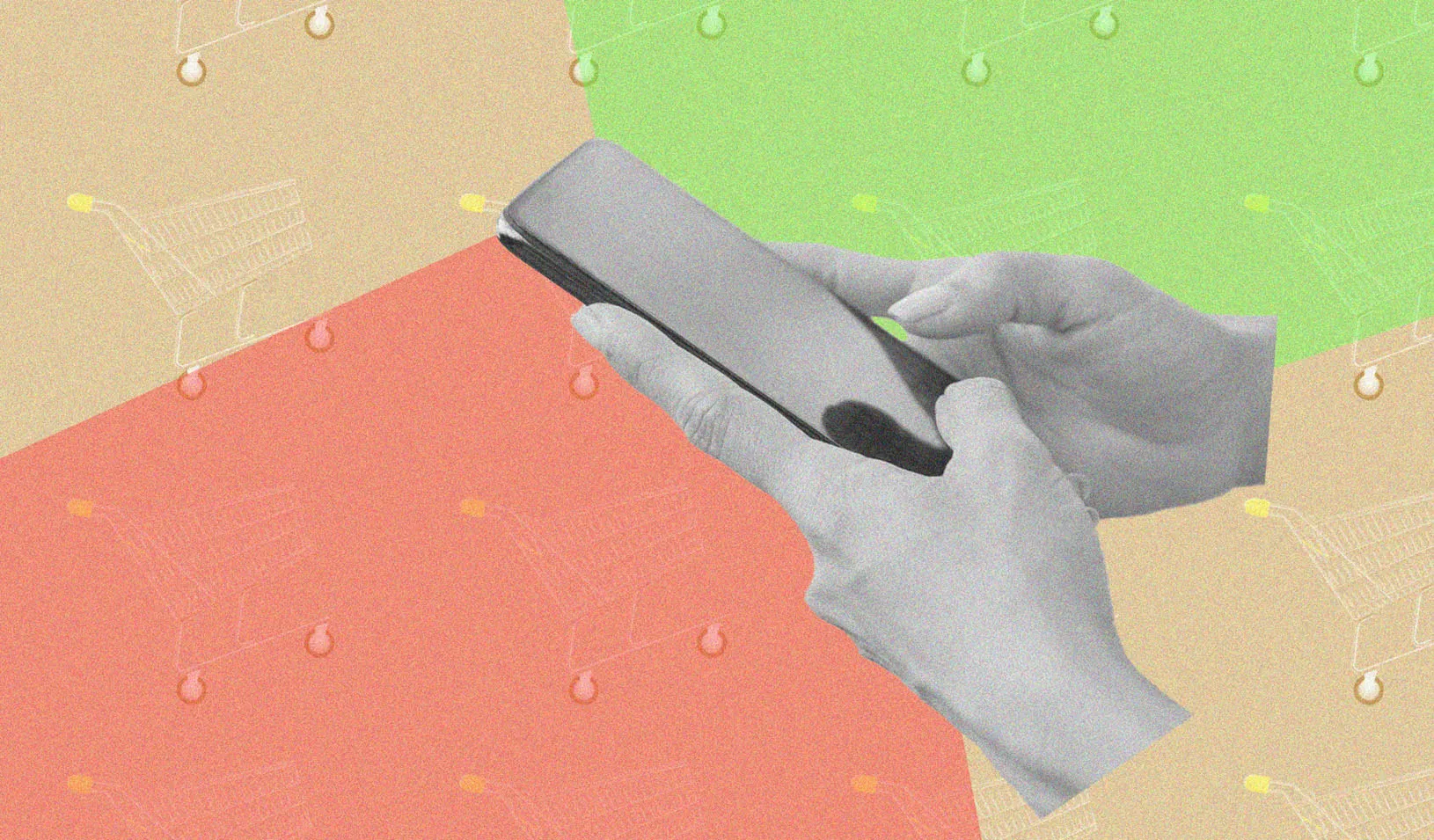Insights by Stanford Business, Feb. 2, 2024
by Theodore Kinni
Cory Hall
In the past couple of years, a new payment option has become almost ubiquitous on online retailers’ checkout screens: Buy Now, Pay Later.
This fintech innovation offers consumers instant financing for large and small purchases on a transactional basis. In a typical purchase, a shopper might pay 25% down for that new sofa or this week’s groceries and pay off the remaining 75% in three equal installments — one every two weeks. If they make the payments on time via a bank account or credit card, the loan is interest-free.
Over the past decade, fintech companies such as Klarna, Affirm, and Afterpay have taken Buy Now, Pay Later from a niche alternative to a mainstream choice by signing up tens of thousands of retailers. The retailers offer BNPL as a payment option at the point of sale and pay a small merchant fee, as with credit cards.
Unlike plastic, however, BNPL does not require a rigorous credit check. That’s made it a hit with consumers, especially younger adults without well-established credit. Total loan volume among the largest BNPL providers grew from $8.3 billion in 2020 to $24.2 billion in 2021, according to the Consumer Financial Protection Bureau. During the 2023 holiday season alone, shoppers availed themselves of $16.6 billion in BNPL loans. Estimates for near-term growth range widely, though it’s been estimated that global loan volume could reach $1 trillion by 2025.
“BNPL is a pretty slick innovation. It is convenient and it’s basically free credit if you pay it off on time,” says Ed deHaan, a professor of accounting at Stanford Graduate School of Business.
However, it also has the potential for misuse and abuse. Read the rest here.
Sunday, February 11, 2024
The Hidden Costs of Clicking the “Buy Now, Pay Later” Button
Posted by
Theodore Kinni
at
9:18 AM
![]()
Labels: consumers, financial services, fintech, Insights by Stanford Business, regulation
Subscribe to:
Post Comments (Atom)















No comments:
Post a Comment